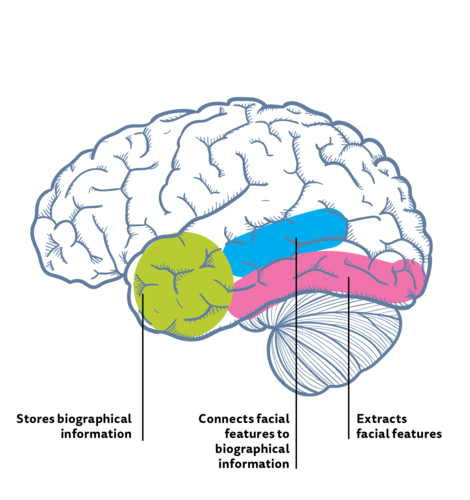Memory gives us a sense of continuity. It provides a frame of reference and context for how life’s events are related to us, ultimately leading to our sense of uniqueness. We remember the past and its lessons in anticipation of a certain future.
How does memory work? Where are memories stored? Let us enter the mystic land of memory by looking at the different stages and types.
Memory stages
Sensory information is processed through encoding (acquisition), storage (consolidation) and stabilization, before it can be recalled (retrieved).
When we encounter something new, the experience passes through the stages of short-term and long-term memory.
Short term memory acts as a note pad for temporary recall of information. This state of memory is labile and vulnerable to interference while the brain is processing the information.
Short term memory decays rapidly and has a limited capacity. For relatively meaningless information, it is limited to about 7 digits, or 4 to 5 items in a quick glimpse. But its capacity can be increased dramatically with training that forms meaningful associations with the items to be remembered.
Changing from short term to long term memory requires gene activation, protein synthesis and formation of new synapses.
Over the course of several hours after new information input, a process called cellular consolidation may occur. It stabilizes the information from short-term memory into long-term memory.
Repeated exposure to the same input information reinforces transfer into long-term memory.
Memory storage
Scientists now believe that there is not a single memory centre. It is most likely stored in the same areas of the brain that were involved in the perception, processing and analysis of the original input.
In short, remembering is the re-experiencing of the original event, probably reactivating the same neuronal circuit.
Types of memory
Memory of how to do things, such as a skilled behavior and a habit, is called procedural memory, or non-declarative memory (because it does not require us to be consciously aware of it, or speak about it), such as opening a door, or riding the bike etc.
Declarative memory includes semantic memory of dates, historical facts, telephone numbers, concepts etc.; and episodic memory of events. Procedural memory dominates the lives of animals whereas declarative memory profoundly shapes every act and thought in humans.

